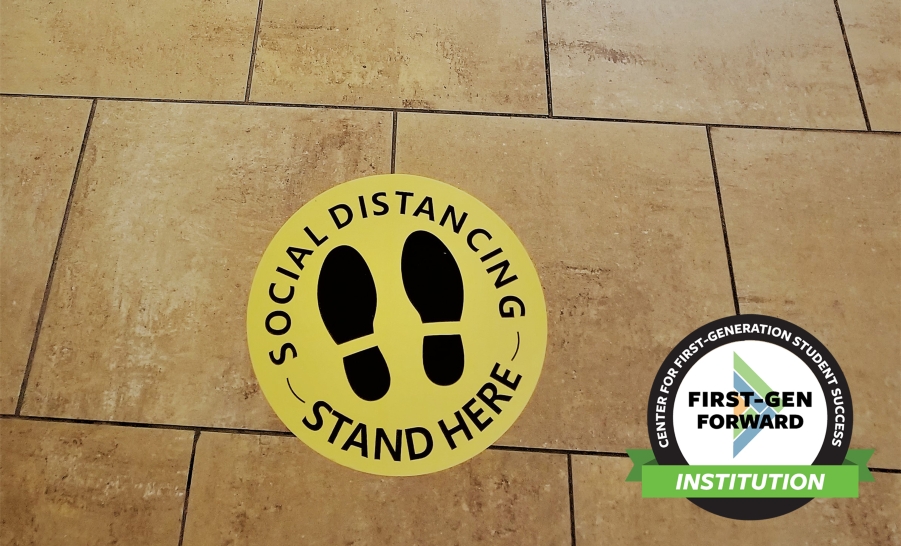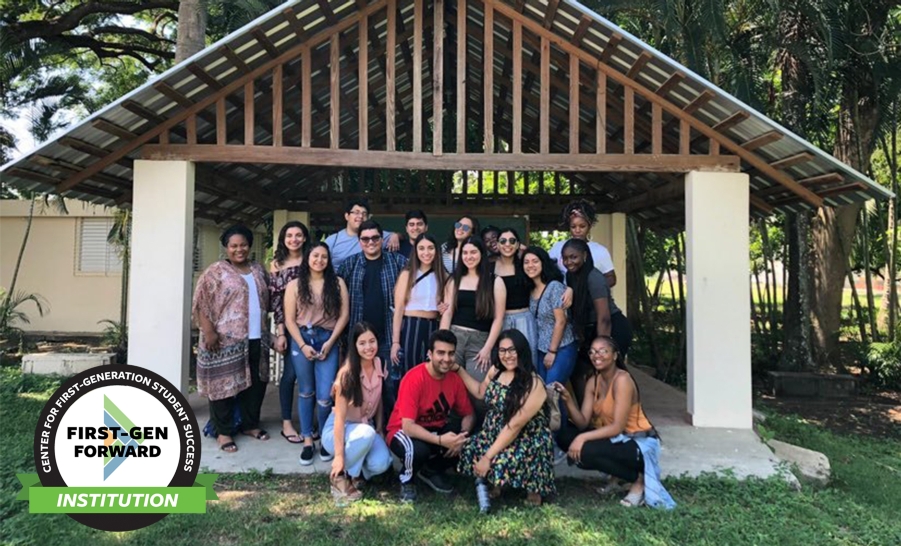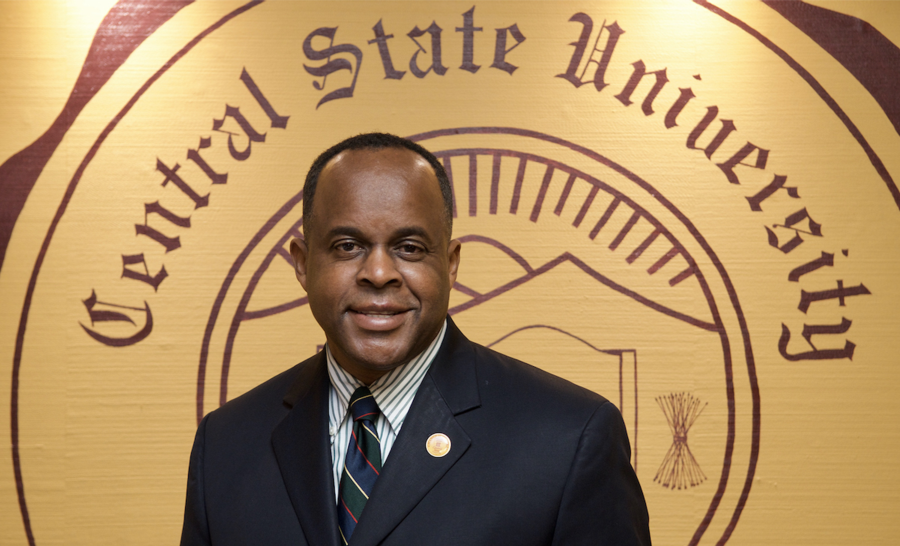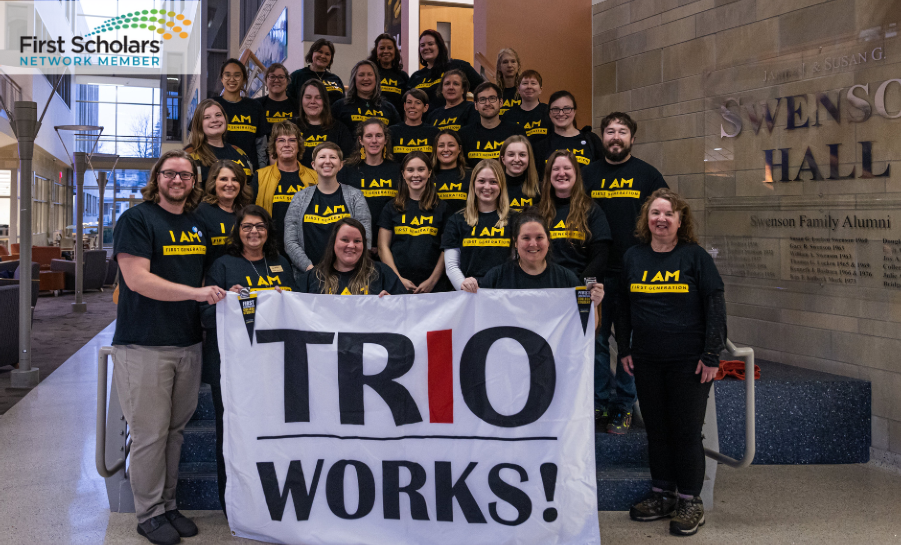Lincoln-Douglass Debate?: A View from Colorado State University
Steven P. Dandaneau Ph.D., Colorado State University / FirstGen Forward / September 13, 2019

The data are clear: students who are first-gen (often described as first in their families) striving to earn a bachelor’s degree have lower persistence and graduation rates than continuing-generation students, that is, lower when compared to those who enjoy, by no fault of their own, greater and easier access to social networks and reservoirs of familial experience. But the data, at Colorado State University and elsewhere, are equally clear that unequal outcomes are even more pronounced for groups of students who are first-gen, come from low-income backgrounds, or who are first-gen and members of racially minoritized population. A combination of all three group characteristics renders an individual student’s chances of graduation success steepest of all.
This leads many educators not only to a combined, intersectional understanding of first-gen student experience, but to two additional steps as well.
- First, and understandably, many use this empirical analysis to guide deployment of scarce resources. The underlying assumption is that greater support should be directed to those most in need. While this may seem unobjectionable, it is worth pointing out that it is not universally shared. Others advocate that we direct resources to those best positioned to be able to use them effectively, which, for example, lies back of talk of “murky middles” and the analysis thereof.
- A second result of this thinking is even more challenging. Educators argue that an additive approach—class + race—fails to fully or at least adequately rethink assumptions, and, what’s more, fails to interrogate relevant live histories. The concern is that an additive approach, whatever its strategic merits, limits thinking about what is required to fully and truly realize higher education equity.
This can be illustrated by an anecdote. Like many land-grant universities, Colorado State University celebrates the Morrill Act of 1862. We even welcome new students with a dramatic rendering of its social mobility-enhancing significance. A student dresses as Honest Abe and holds forth from the steps of the Administration Building. It’s fun and probably eye-opening for many. But what if we were to more fully present Lincoln’s position on race as he articulated during the famous Lincoln-Douglas debates, or his views on colonization as a solution to American slavery, or understand the military motivation behind the Emancipation Proclamation? What if, in other words, we assessed and presented Lincoln’s complicated legacy apart from Sandberg’s and Spielberg’s rendering the same way we might FDR’s vis-à-vis Little Orphan Annie?
Is there a solution? Maybe we should try a Lincoln-Frederick Douglass Debate. Douglass’ views on Lincoln evolved over time, as did both he and Lincoln. Douglass’ early assessment was that Lincoln was a “first-rate second-rate man.” Ouch. But, by 1863, after meeting “this great man,” Douglass reported that he “saw at a glance the justice of the popular estimate of his qualities expressed in the prefix Honest to the name Abraham Lincoln.” The effect of such a rethinking might be to render our efforts to fulfill the democratic promise of the Morrill Act, and by extension, the democratic promise of our long-standing first-gen student success efforts, truer to their origins and thus more honest. Class has never been just about class, and race has never been just about race. A truly intersectional lens means going beyond additive thinking and policy toward a more complicated and historically informed view of “first-gen.”
Interested in learning more about the Reinvention Collaborative? Click here.





